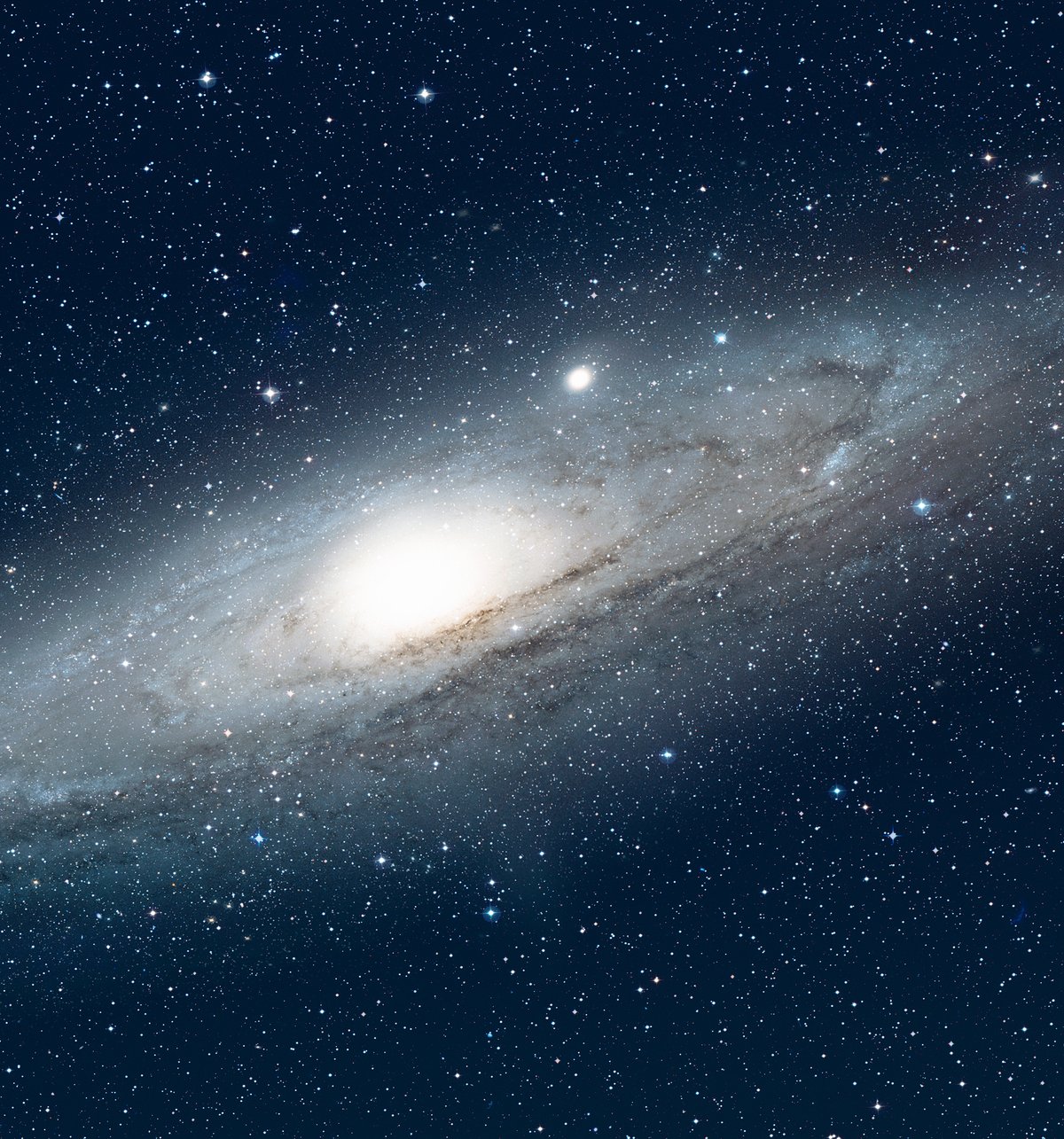When you look at the sky at night, especially away from city lights, it is impossible not to be amazed by the show of colors, lights and shapes of the galaxies. parts of the universe, These clusters of stars, planets, gas and dust give us some clues about our past and cosmic history. But why are they so different from each other?
First of all, we should not forget that although galaxies appear to be a continuous texture, they are not static, they are in constant motion and evolution, and are affected and shaped by various dynamic factors. The main, Gravitational interactions cause collisions between galaxies, small galaxies merging into larger galaxies, and galaxies with large cosmic structures colliding..
But there are other factors, such as the dark matter present in the galaxy, its rate of star formation, its location in more or less dense clusters, and the wide range of time scales involved in galactic processes over billions of years.
Below we list the main galaxy types and their properties.
spiral galaxies
Spirals, which represent 60% of all galaxies in the universe, are characterized by a disk-shaped structure with spiral arms, like our Milky Way. They are surrounded by halos, dark matter (which becomes invisible because it does not reflect light, but exerts a gravitational force) and star clusters: the youngest in the arms with high gas concentration, and the oldest in the entire disc, in the bulge and halo.
elliptical galaxies
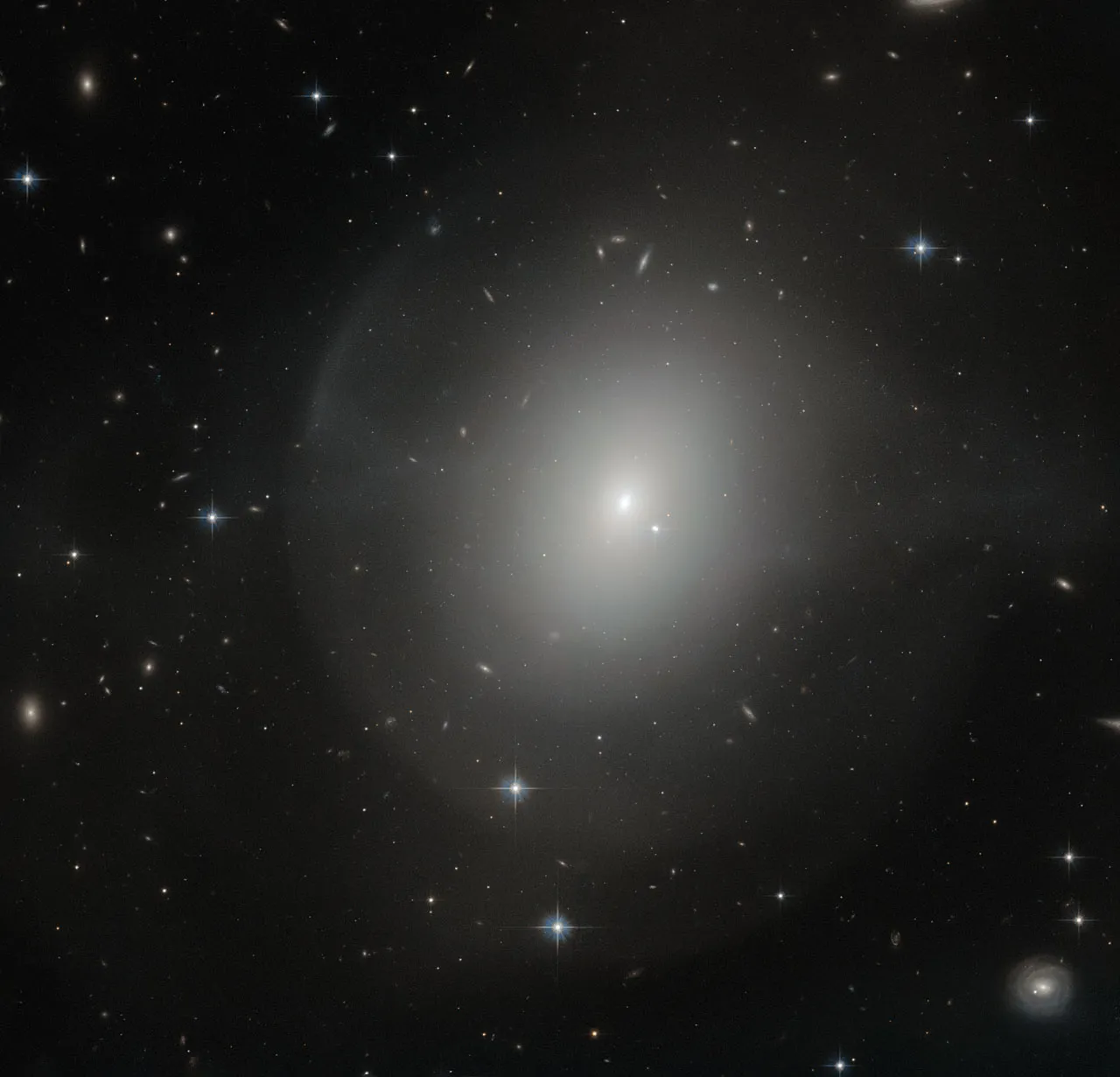
Considered the result of the recent evolution of other galaxies, ellipticals have round or oval shapes, contain small amounts of gas and dust, and since this formation has no disks or arms, they orbit old stars that rotate randomly around the nucleus. This also means there is no gas to form new stars.
lenticular galaxies

Lenticular galaxies are a kind of transition between spirals and ellipticals. They have the central bulge and disk common to spiral galaxies. but they have no arms. However, like elliptical galaxies, lenticular galaxies have older stellar populations and little continuous star formation.
irregular galaxies
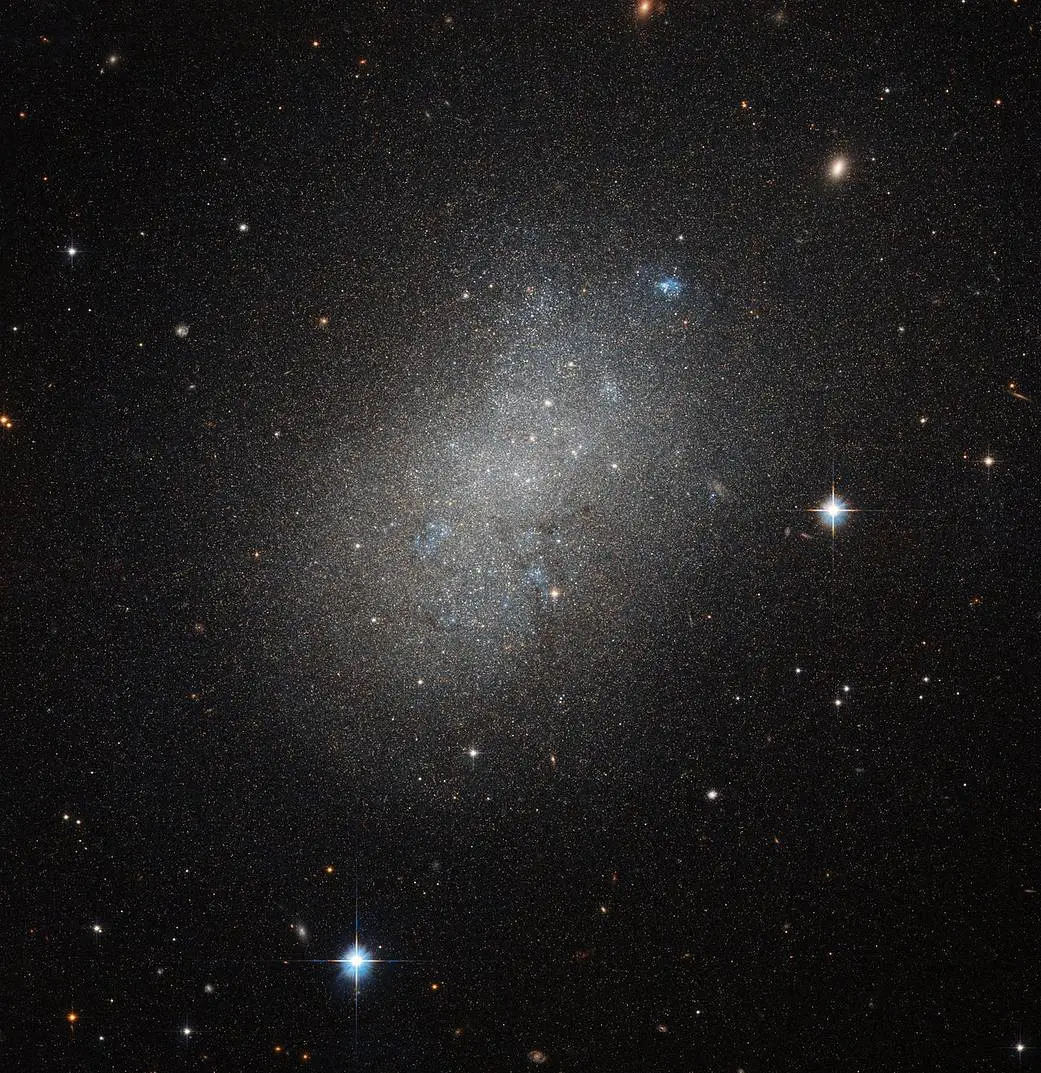
It was probably formed by gravitational interactions with other galaxies or even by the merger of smaller galaxies. irregular ones have odd shapes such as toothpicks, rings, or a chaotic distribution of stars. These irregular galaxies, ranging in size from 100 million solar masses to 10 billion solar masses, contain large amounts of gas and dust that facilitate the formation of new stars.
Seyfert galaxies

This galaxy and those that will follow it, They are part of a group known as “active galaxies” that are distinguished by their extraordinary emissions of energy. This comes not only from the star cluster but also from its active galactic nucleus (AGN).
Although they appear normal in visible light, Seyfert galaxies emit intense infrared radiation in the torus, the ring-shaped structure of gas and dust surrounding the supermassive black hole at the center of the galaxy. This energy released by the AGN has a significant impact on the evolution of galaxies. because it heats the interstellar gas and prevents the formation of new stars.
quasars
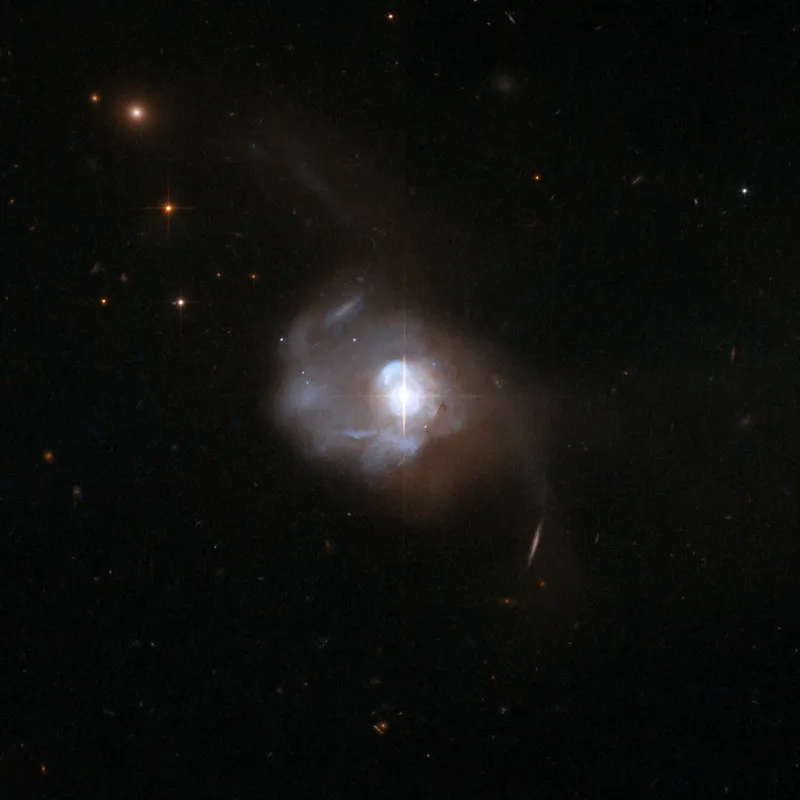
Quasars are the brightest type of active galaxies. Although its size of only a few light-years makes it much smaller than other galaxies, its light emission in the electromagnetic spectrum can emit millions of times more energy than that emitted by galaxies such as the Milky Way. It is located some 13 billion light-years away, among the approximately 1 million known quasars. Studying them becomes a journey through time.
Blazars
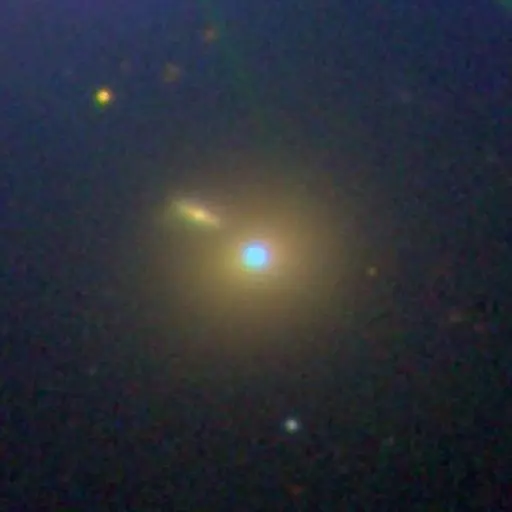
Although similar to quasars, blazars have some differences in relation to their “cousins” in that they have extremely bright AGNs; for example: emissions of radiation in different bands of the electromagnetic spectrum, including a relativistic jet and -rays directed directly to the Earth. x, gamma rays and radio waves, while those of quasars are merely optical. However, blazars are more difficult to observe due to their variability.
Did you like the content? So, stay updated with more curiosities about our universe on TecMundo and take the opportunity to share the article on your social networks. To the next one!
Source: Tec Mundo
I’m Blaine Morgan, an experienced journalist and writer with over 8 years of experience in the tech industry. My expertise lies in writing about technology news and trends, covering everything from cutting-edge gadgets to emerging software developments. I’ve written for several leading publications including Gadget Onus where I am an author.






